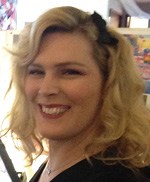
Being sent to her room as a kid was not exactly a punishment for Amber Hardin. “Because what was in my room? An entire world that was going on in my head,” she says. In her room she had two choices: Legos or drawing. The Model Designer, whose career in the animation industry has spanned more than 25 years, was not one to follow the instructions on the Lego box and instead came up with her own fantastical creations. As for drawing, hours would fly by as she lost herself in the world of her imagination.
Hardin recalls her entire family watching Saturday morning cartoons in the 1970s—shows like The Adventures of Rocky and Bullwinkle and Friends. Then a new wave of animation hit that really grabbed her attention: shows like Transformers, Masters of the Universe, and Voltron. Enthralled, she began redrawing what she saw on TV. Her parents noticed her sketches–skulls, guns, and robots. Her mom struck a deal with her. Whenever she drew one of those images, she’d also have to draw one of her mother’s requests. This included landscapes and tractors, which helped her to expand her range.
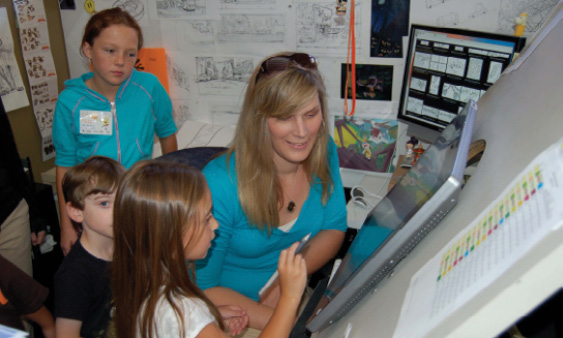
By the time Hardin was 11, she became fascinated with graffiti art. This led to an apprenticeship with street art pioneer Jeff “Doze” Green. She studied his technique and worked on several projects with him, an experience she calls both a master’s in art and a master’s in philosophy because of his belief that art is influenced by a person’s perception of the world. When Hardin was only 19, she was invited to work with the art department at Roger Corman’s studio in Venice Beach. She recalls being asked to draw a futuristic submarine-secret underground base-space station. She sketched on the spot, and the response was, “Great, let’s build it!” Hardin was surprised to be asked for her artwork’s dimensions, and amazed that her drawings were going to be built. This was a huge step for her development as a Model Designer. She learned technical drawing from the builders, who showed her how to turn her vision into a real-life, practical set.
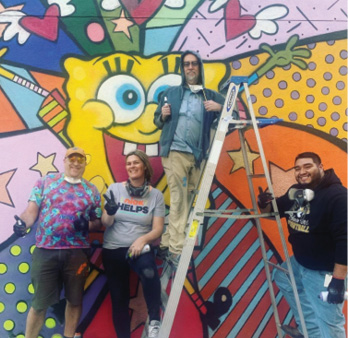
From Corman’s studios Hardin moved to New Line Cinema, and then she serendipitously bumped into a high school friend who worked at Hanna-Barbera. This led to her first job in animation, as a Storyboard Revisionist, in 1996—a leap she says was enabled by having an adaptable skill set, solid draftsmanship, a willingness to learn, and a little luck. Her next job would be as a Prop and Effects Artist at DreamWorks SKG when they were just starting their animation department. “I sort of went from zero to 80, just kind of got thrown in,” she says.
When she started at DreamWorks, people advised her to always play to her strengths. She watched what her colleagues were doing with characters, backgrounds, and story and asked them to explain why they were making certain choices with their drawings. “I applied those principles to what I was doing at the time. And it made me excel at that,” she says. She discovered that her strength was in designing things that don’t have their own consciousness—trees, architecture, machines, robots, or structural pieces.
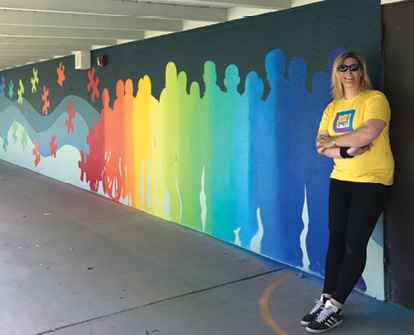
This brings her back to playing with Legos and drawing in her childhood bedroom. Hardin notes that Legos have a three-dimensional structural element to them, and when you combine that with drawing, those skills are very close to what she does today as a designer. She feels she may also have been influenced by her adoptive father, an aerospace engineer who was constantly designing creations at home, once even building a robot in the garage. Later, when she met her birth father, she discovered that he was a general contractor, which, she points out, also requires structural thinking. All these factors, as well as the amount of time and effort she’s devoted to her craft, have helped her to excel at mechanical caricature. Still, drawing remains a joy for Hardin. “When I draw, I lose track of time…it’s almost like a meditation or a prayer,” she says. She feels that if she puts good energy into her work, people on the other end of the TV screen will feel that energy, and it may brighten a kid’s day.
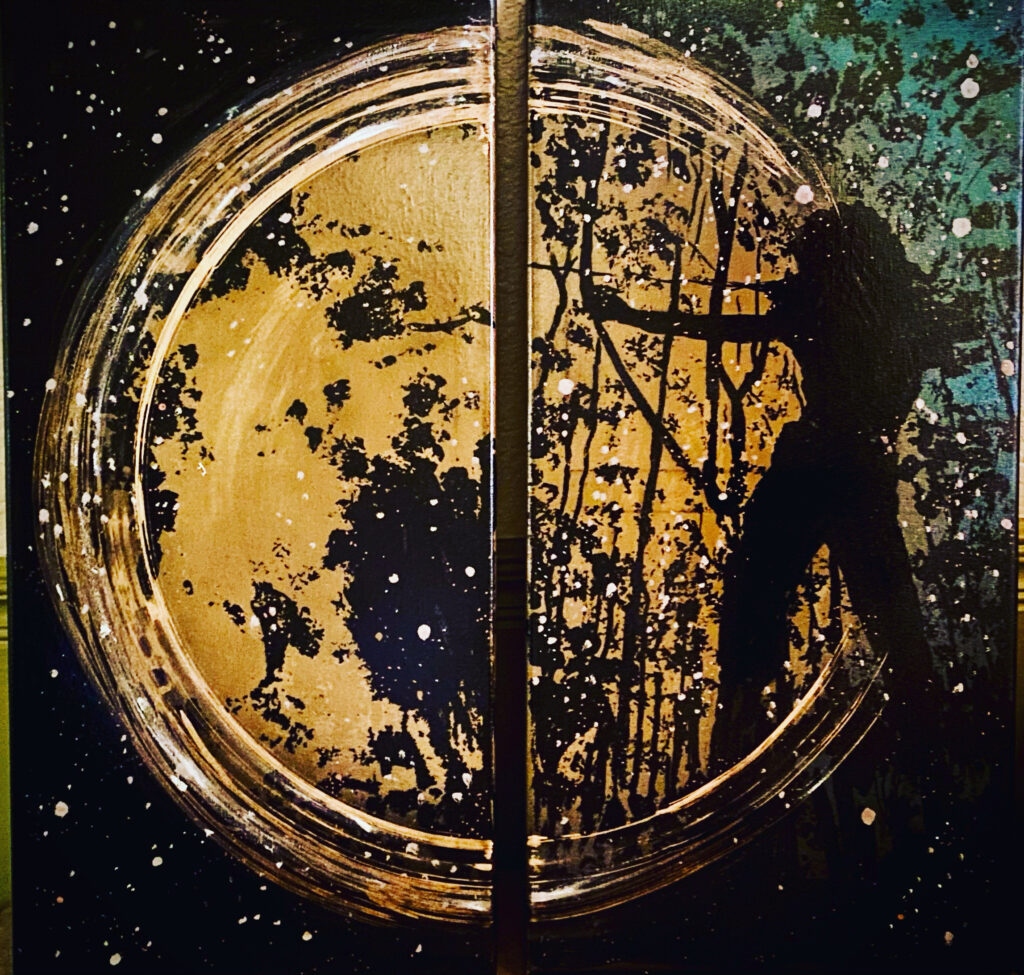
Although Hardin is mostly self-taught, after making the shift from live action to animation, she took a few formal courses in traditional animation at the Academy of Art University satellite in Van Nuys and in concept art, visual communication, and digital painting at Concept Design Academy in Pasadena. But she cannot emphasize enough the extent to which peer-to-peer learning has influenced her journey. Every production she’s worked on has been an opportunity to learn from those around her—productions that include Santiago of the Seas, The Casagrandes, Shimmer and Shine, The Fairly OddParents, Catscratch, Johnny Bravo, and many others. “I’ve been very, very fortunate to work with some incredibly talented people,” she says, and she views every new job as a learning experience, which is further strengthened by how she branches out, from helping a friend with a custom house remodel to working quietly with a close group of animation colleagues on a creator-based start-up.
Hardin’s trajectory in animation has been a steady progression, and she’s stayed pretty much in her lane. This can be a double-edged sword, because she feels she has much more to offer. In the next phase of her career, she would love the opportunity to explore her full range of creativity. “The high points in my career are when I’m given the chance to do more and get out of my lane and sort of swerve about recklessly,” she says, adding that she is filled with gratitude for her long career: “Being able to do what you want for a living and being able to forget what time it is because you’re having so much fun … Not everybody gets to do that, and you can’t really put a price on that.”
Learn more about Hardin at amberhardindesignportfolio.carbonmade.com.
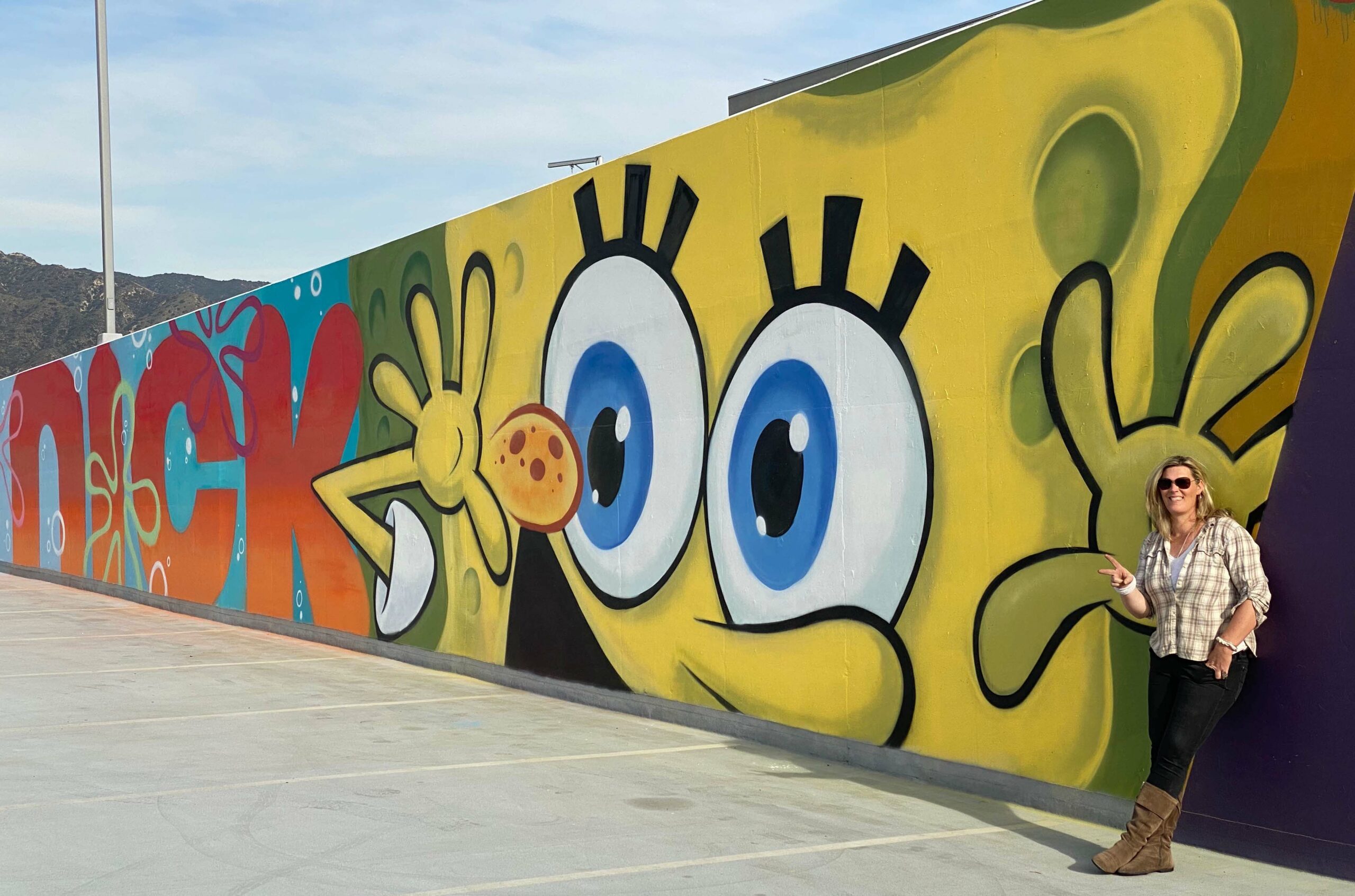
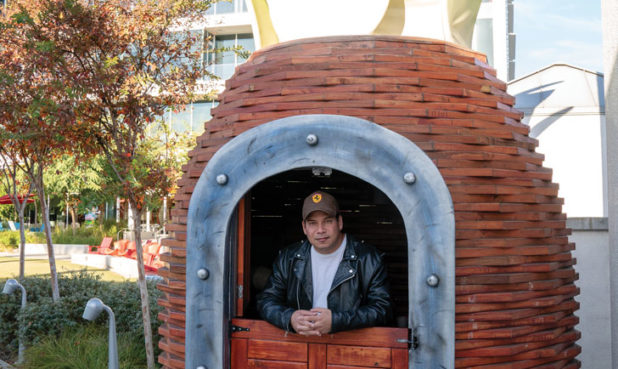

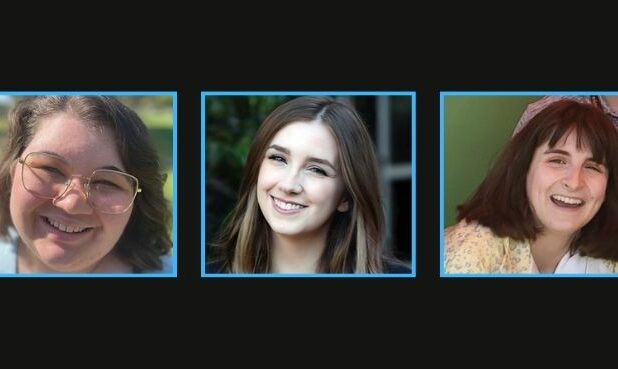
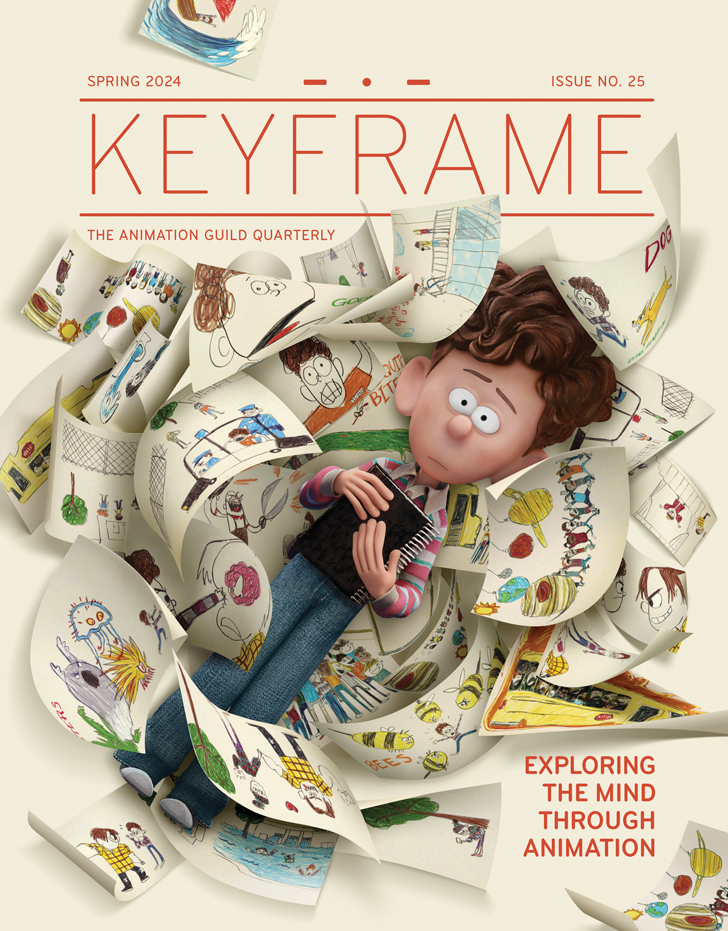
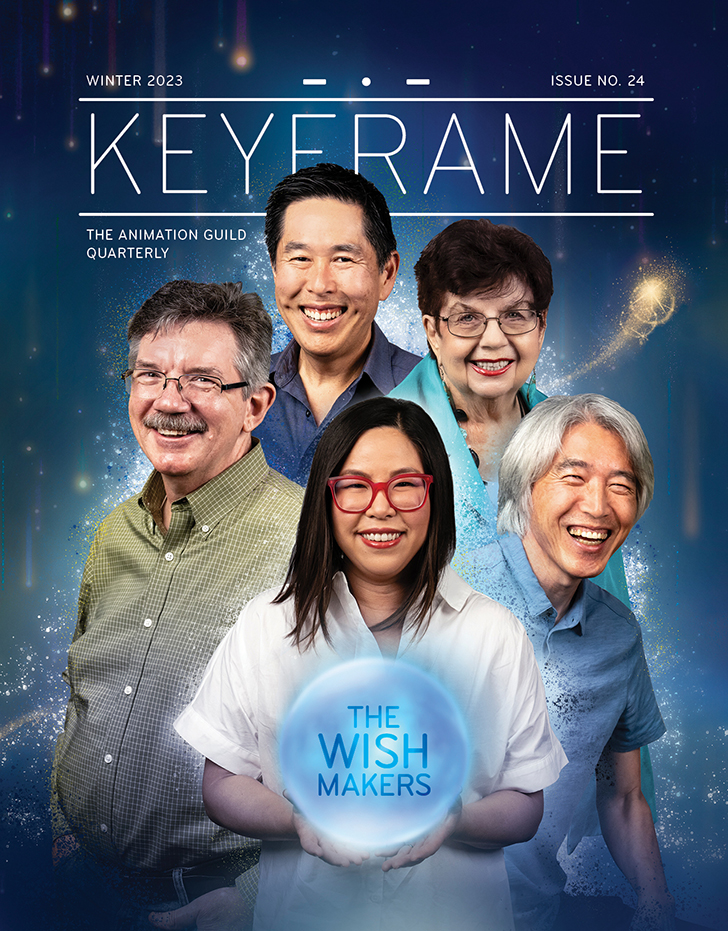
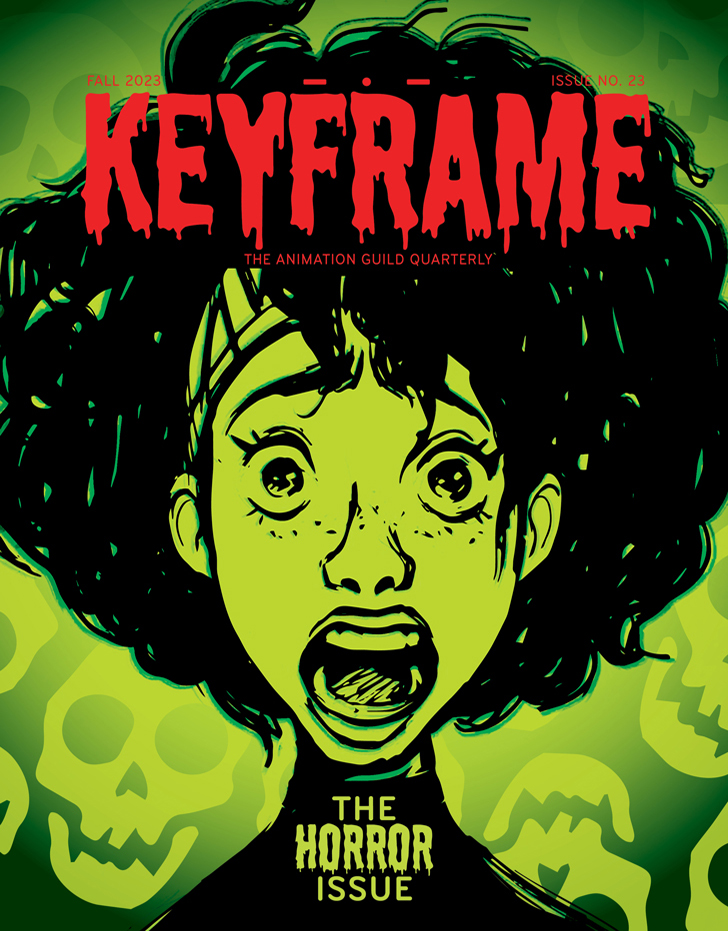
.png)